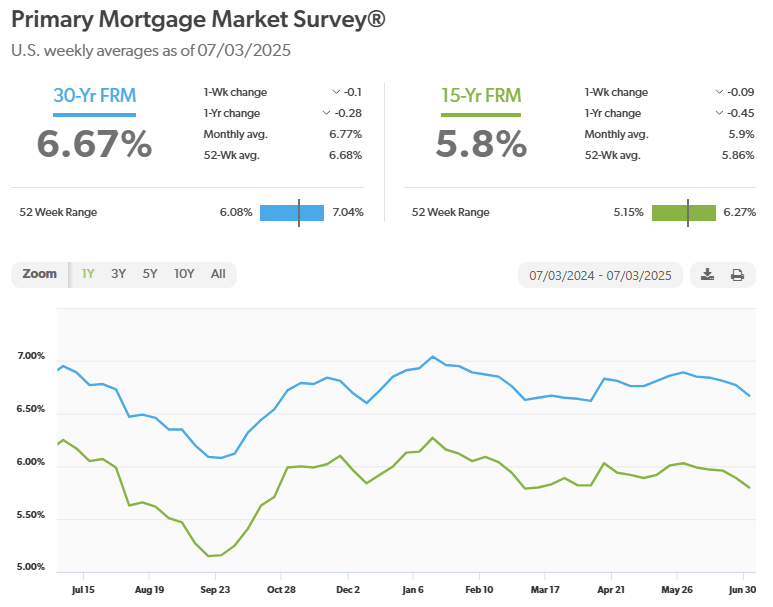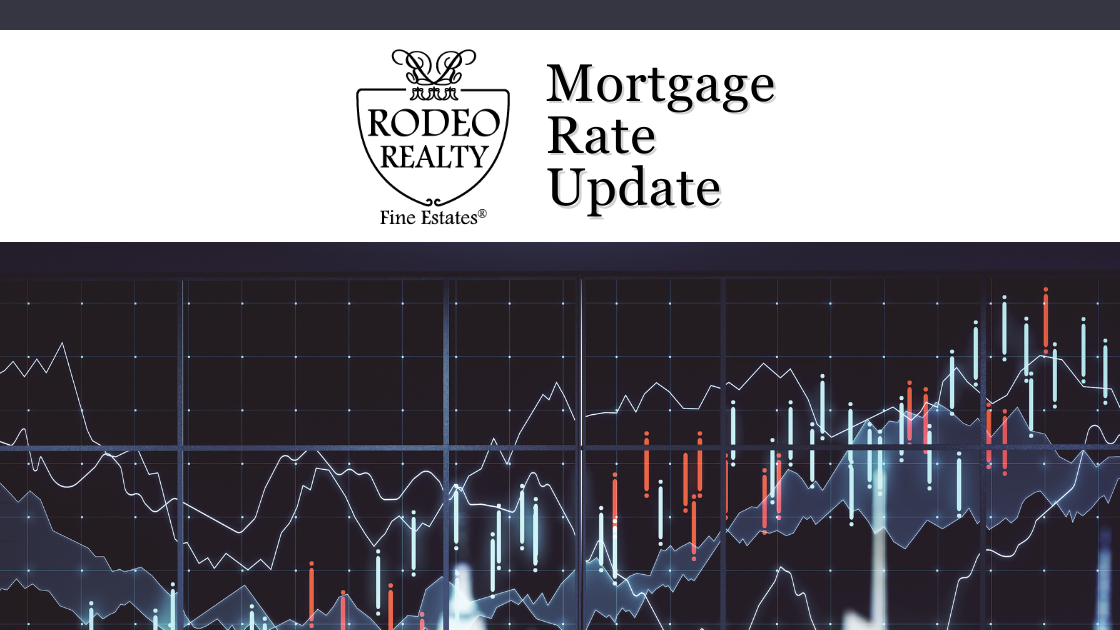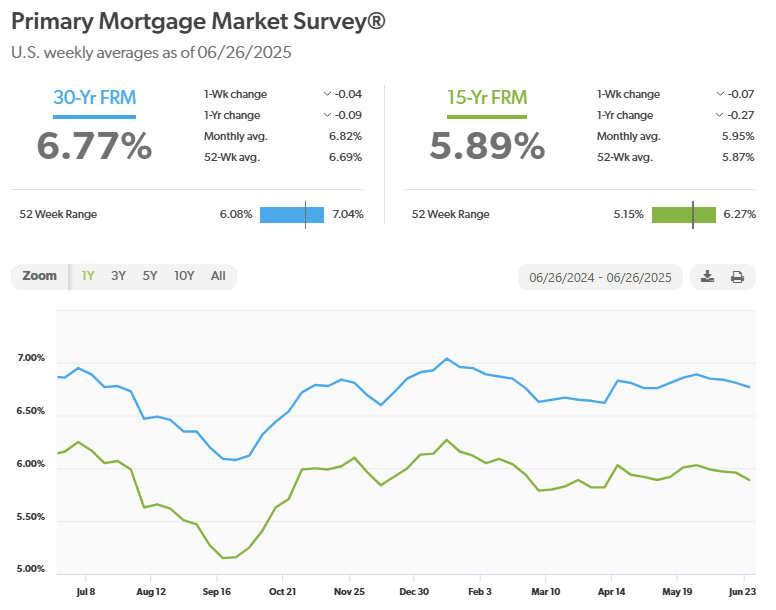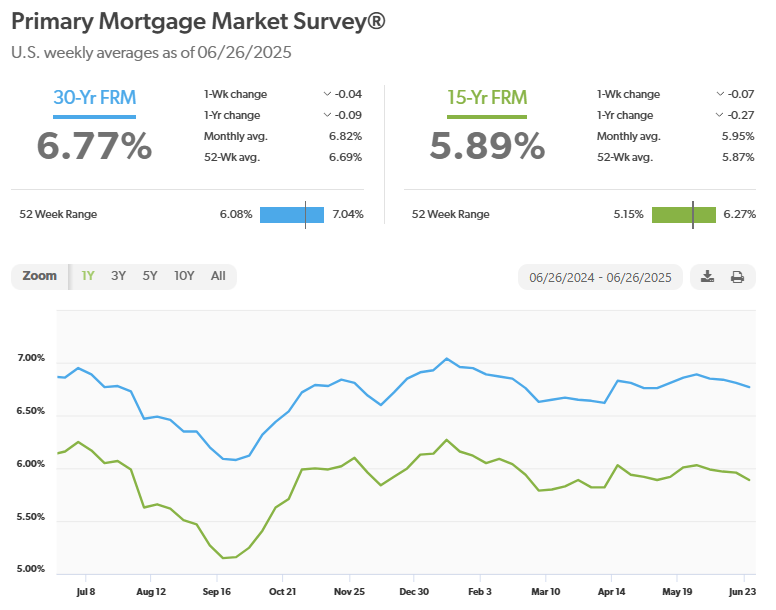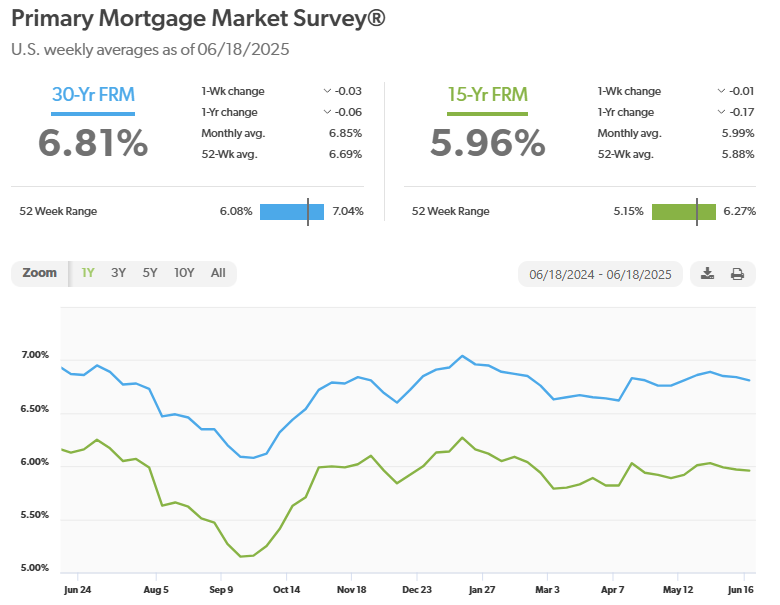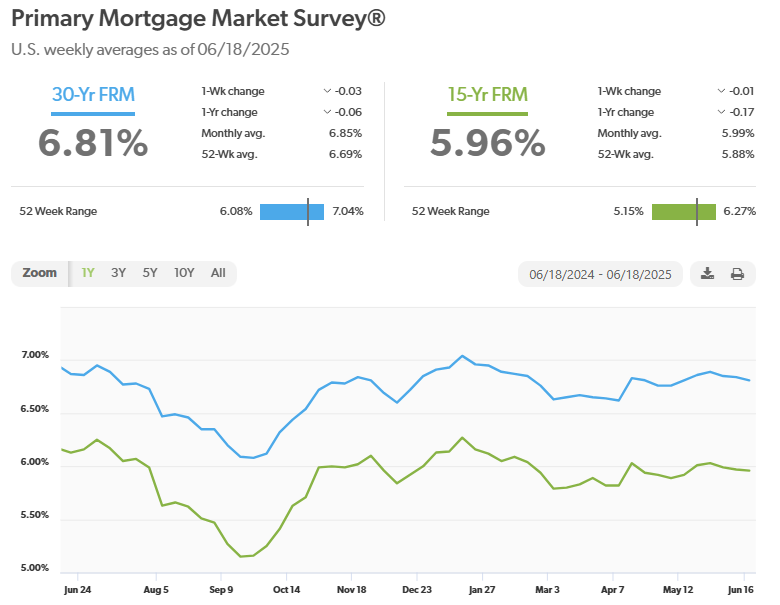A star-spangled soirée can be sophisticated, seamless, and utterly Instagram-worthy—provided you plan with precision. These luxury-focused 4th of July hosting tips cover everything from curb-appealing fireworks to post-party cleanup, ensuring you deliver a patriotic bash that rivals any resort.
1. Set the Stage with High-Impact 4th of July Décor
Curate a Color Palette, Not a Party Store

Trade plastic buntings for a refined scheme of navy, cream, and brushed-gold accents. Think Belgian-linen napkins in indigo stripes, artisan-blown glassware rimmed in gold, and creamy pillar candles grouped at varying heights across the dining table. A single chinoiserie ginger jar stuffed with crimson peonies nods to 4th of July tradition without screaming theme park.
Illuminate Like a Pro

Swap twinkle-light tangles for smart, app-controlled LED uplights set to a warm 2700K. Position fixtures behind olive trees or modern planters to cast dramatic shadows once dusk settles. A row of hurricane lanterns along the pool edge doubles as pathway lighting and cinematic reflection.
2. Elevate Your 4th of July Food & Beverage Service
Hire a Private Grill Master

Outsource the smoke. A certified chef can man a Santa Maria-style wood grill, serving wagyu hot dogs, Maine lobster rolls, and harissa-rubbed cauliflower steaks. Guests receive restaurant-quality fare while you circulate with Champagne in hand.
Curate a Rosé & Bourbon Bar

Independence Day calls for both summer sophistication and heritage spirits. Offer a chilled flight of Provence rosé magnums with custom ice cubes branded with your monogram. Parallel that with a bourbon tasting corner—complete with smoked Old Fashioned presentations under cloches—for guests who prefer oak to blush.
3. Integrate Smart Tech & Comfort
Climate Control Outdoors

Install misting fans around lounge areas to cool down your 4th of July fete. Consider modern models emit that an ultra-fine spray that evaporates before it dampens designer attire. Add low-profile radiant heaters beneath pergolas to combat coastal evening chills—no bulky propane tanks in sight.
Zone Your 4th of July Audio

A multi-zone sound system lets you keep jazz crooning near the dining area while dance tracks energize the pool deck. Control everything from your smartwatch, lowering volumes during toasts or fireworks without hunting for a remote.
4. Fireworks & Safety—Luxury Edition

Curate a Private 4th of July Display
Professional pyrotechnicians can tailor a five-minute fireworks show sequenced to your playlist—legal, insured, and more refined than neighborhood bottle rockets. Secure permits early since it’s the 4th of July and inform neighbors with handwritten invites to watch from designated areas.
Protect Roofs and Landscaping
Have staff lay flame-resistant drop cloths over teak loungers and cover the koi pond with a mesh net to catch stray ash. A discreet garden hose, fitted with a copper nozzle, stands ready but tucked behind tall planters to maintain the aesthetic.
5. Post-Party Perfection

Overnight Turn-Down Service
Offer VIP guests luxe guest-room amenities: lavender pillow spray, mini bottles of electrolyte water, and custom SleepPhones loaded with a patriotic jazz playlist. Morning latte service on the veranda turns your event into a five-star staycation.
Next-Day Detailing
Schedule a mobile cleaning crew for 8 a.m. sharp. They’ll power-wash patio stone, polish stainless grill surfaces, and launder linens—leaving your estate spotless before you’ve even finished the morning headlines.
Final Spark
With these luxury-minded 4th of July hosting tips, your estate becomes the go-to destination for Independence Day, seamlessly blending patriotic charm with high-end polish. Set the scene, elevate the culinary program, layer in smart tech, and protect the beauty of your surroundings. Then raise a glass as the sky ignites: freedom never looked—or tasted—so refined.
